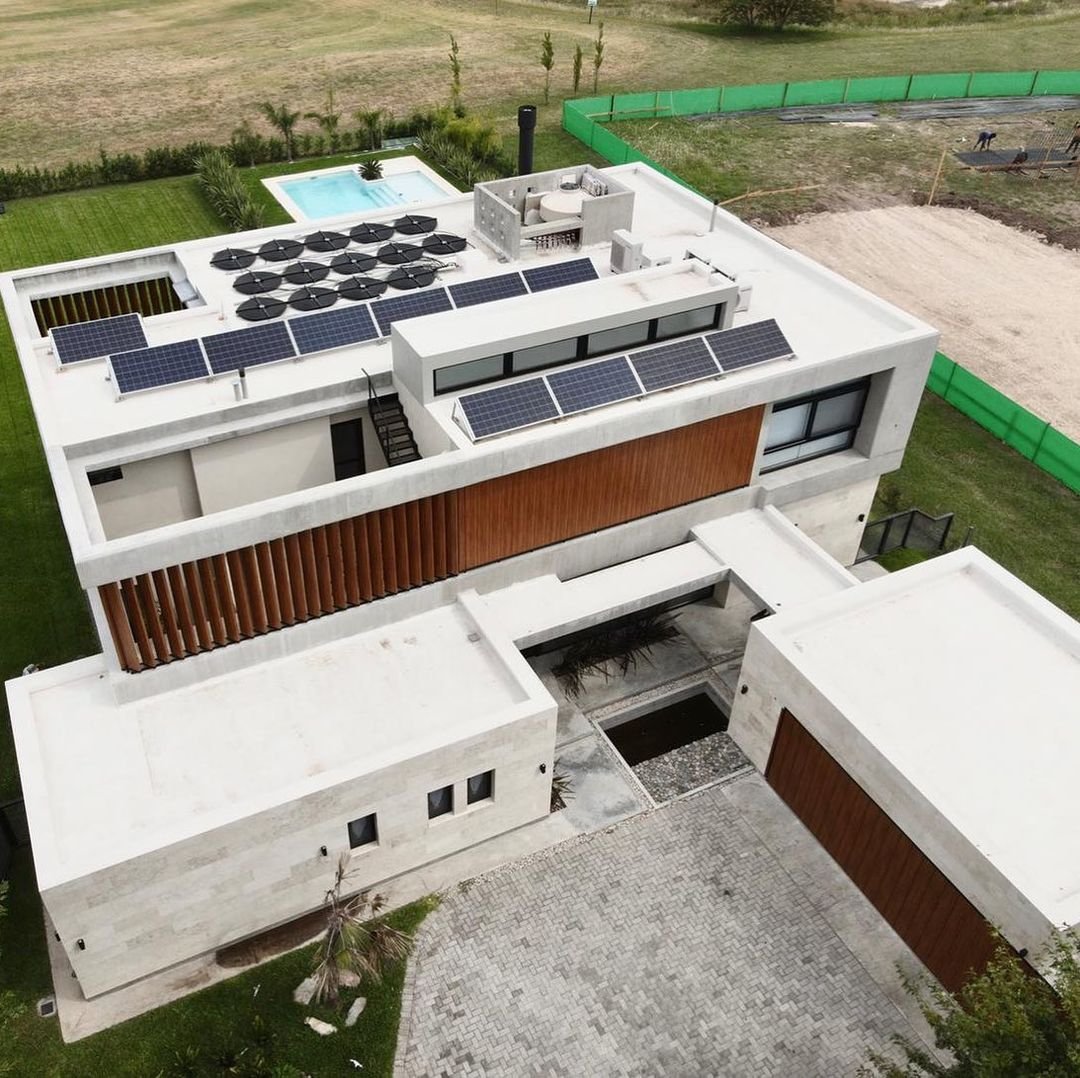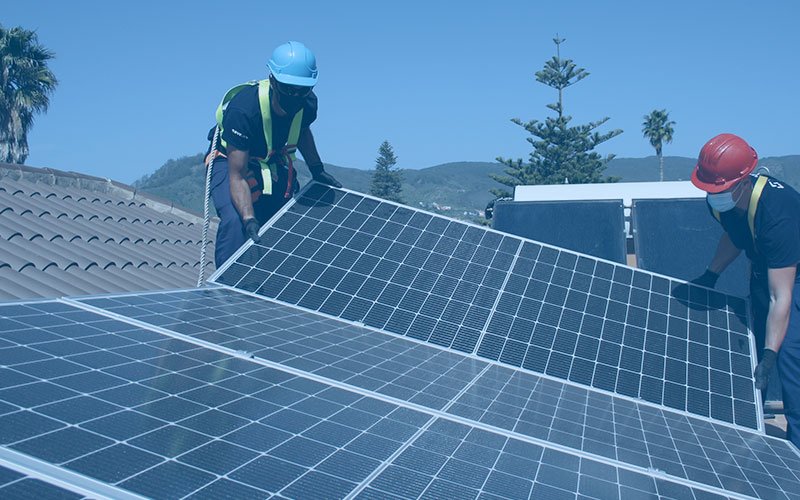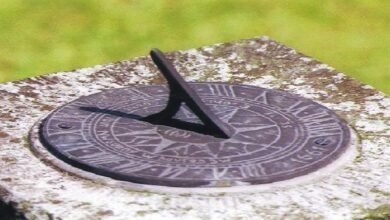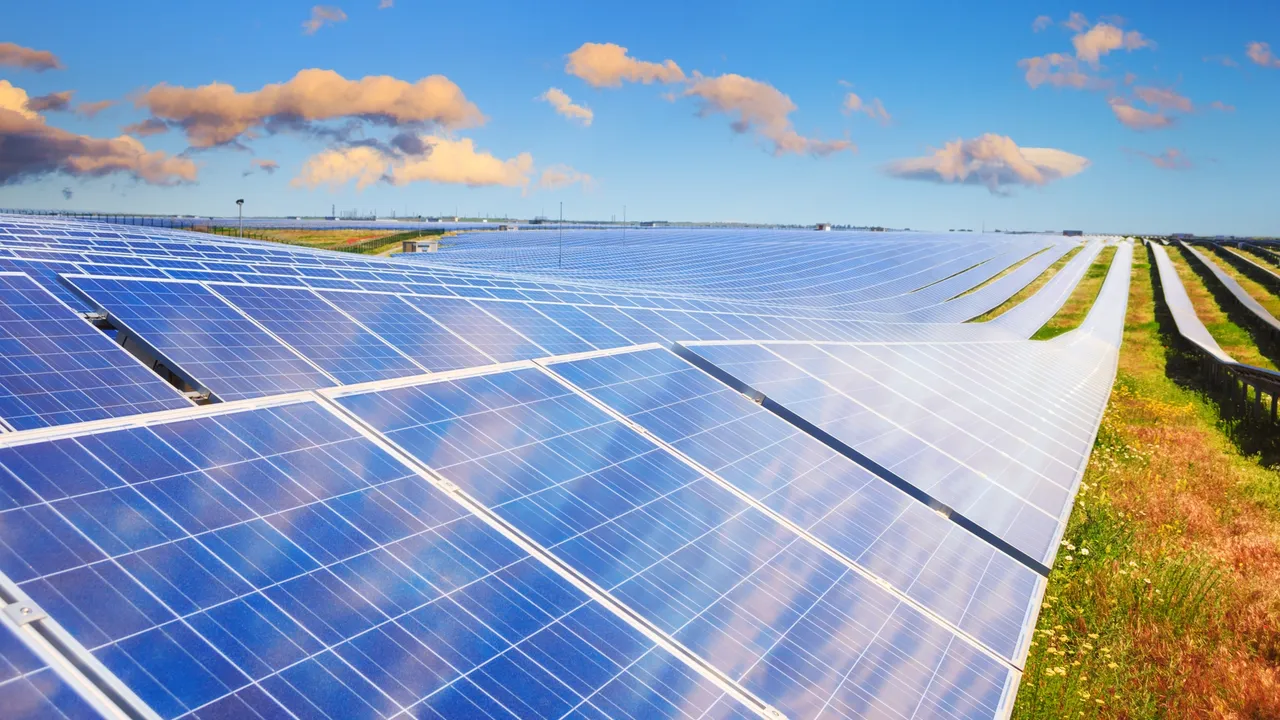solar optimizers what are they and what are they for
In this article we will talk about the devices called Optimizers, what they are and how they work.. Photovoltaic installations work best when the photovoltaic panels that are part of them have equal and uninterrupted access to the sun. It is no secret that the phenomenon of shading affects not only the smooth operation of the photovoltaic installation or the amount of power it produces. Unfortunately, it can also affect the lifetime and failure rate of a single module, but of the entire installation. So how does a power optimizer work?
What is a power optimizer and how does it work?
Solar panels produce power most efficiently when sunlight reaches their cells evenly. If there is a shadow on one or several selected panels – it has a negative impact not only on individual modules, but also on all elements included in such a solar power plant.
The power optimizer is an element eliminating this phenomenon and influencing the protection and efficiency of the photovoltaic installation.
Read this article to find out what a power optimizer is, how this type of device works, and above all, what benefits will come from using it for your home, apartment, industrial facility, and even a farm.
Power Optimizer – what is it? Why might your solar farm need it?
The power optimizer is a device responsible for protecting your installation against the effects of partial shading of the solar panels that compose it.
It takes the form of a relatively small device that connects the panels with the inverter. Importantly – in order to fulfill its tasks – one power optimizer should be installed for each photovoltaic panel.
How does a power optimizer work? Its influence on the functioning of photovoltaics
The power optimizer is responsible for measuring the performance of individual solar panels. It is a kind of catalyst that connects them with the inverter, and additionally – separates them from other panels.
The use of optimizers allows individual panels to become independent. To illustrate it even better – we will use a practical example.
- Solar panels without accompanying power optimizers operate in series. This means that if one of the cells is shaded and thus produces less energy – all photovoltaic modules “suffer”. Because the entire solar power plant works with the power of its weakest element (module).
- Solar panels with attached power optimizers function independently. This means that if one of the cells works worse – it does not “pull” the other modules with it.
An additional functionality offered by the power optimizers is the ability to completely disconnect selected photovoltaic panels. This can happen if they are extremely malfunctioning.
Power optimizer – for whom?
The principle of operation of this type of modules is so versatile that all users of photovoltaics can benefit from the benefits of the optimizer. Both natural persons – purchasing a home system, and companies for which the assembly and installation of the photovoltaic module is to concern production plants, warehouses, etc.
Coming back to the topic – it is worth investing in optimizers, for example, to increase the efficiency of the panels, and additionally to protect them against deterioration or too fast wear.
When is the use of power optimizers necessary?
Due to its invaluable impact both in terms of efficiency and failure rate of photovoltaic installations – power optimizers should be used, especially when:
- Photovoltaics and photovoltaic panels are placed at different angles, which may result in less light reaching some of them. The best example of such a state of affairs are cells placed on a roof with an irregular shape. Another popular phenomenon is the splitting of the installation, in which the photovoltaics are partly located on the roofs, partly on the façade, and another part, e.g. directly on the ground.
- Photovoltaic panels may be partially covered by neighboring objects, buildings, trees, structures, etc. This refers to both the shading of the selected panels and the so-called a shifting shade that can affect all parts of the installation during the day.
- The power of the panels is different, therefore the weaker panels may affect the efficiency of the entire installation. There are installations in which photovoltaic panels with varying degrees of efficiency are used. In this case, the optimizers are responsible for making the photovoltaic and all panels work at full capacity. And the weaker ones – “did not inhibit” the stronger ones.
Installation without them. In what situations are power optimizers not required?
While the use of optimizers is recommended for the information we mentioned above, they may still be dispensed with in some circumstances. This is primarily about the working conditions of the panels. If they are located on perfect level ground, the angle of the sun’s rays is the same, and they are not threatened by the shadow cast by buildings, trees, etc. – then you can consider giving up the optimizers.
Benefits of using a power optimizer. Is it worth it?
Photovoltaics and its efficiency – using the power optimizer visibly improves the operation of the photovoltaic installation, which operates in conditions with limited and uneven access to sunlight. This is because it makes sure that all panels work equally, and that none of them has a negative impact on the others. Such optimizers allow the use of the maximum power of individual modules, and thus – increase the efficiency of the installation as a whole.
Photovoltaics and installation protection – an important area in which power optimizers prove themselves is the one related to the ongoing control of the installation’s operation. This small device allows you to conduct monitoring, and thus – also much faster and more efficient detection of problems, interruptions in operation, and also works in the event of a failure of photovoltaic panels.
Photovoltaics and the impact on the price – you have to remember that a single optimizer costs several hundred zlotys. If we decide to install optimizers on each module, the investment value will increase significantly, even by several thousand zlotys. We encourage you to read our article about inverters and how they work with inverters: Which inverter to choose?
Speaking of finances …
Costs of power optimizers. What expenses should you be prepared for?
The final price of the optimizers largely depends on their maximum DC power. As you can guess, more power means more expenses. And so the cheapest options start from PLN 150 apiece. The purchase of the most expensive ones involves the necessity to save up to several hundred zlotys (usually between 300 and 400 zlotys).
We remind you that each solar panel must be equipped with a separate power optimizer. Therefore, the above price ranges should be multiplied by the number of panels used.
Optimizer – which one is worth choosing? Tigo or SolarEdge, or maybe HoneyBee?
There is not much choice in this area as the main players in the optimizer market are only 3 brands: SolarEdge, Tigo and HoneyBee. Independent tests show that these manufacturers offer very similar parameters. Their solutions share a similar principle of operation. It is worth noting that Tigo and HoneyBee are optimizers that can work with most inverters on the market. SolarEdge is a completely separate system in which we will get both optimizers and a dedicated SolarEdge inverter.
Bet on a professional photovoltaic installation with dedicated optimizers – contact Promika Solar
If you want to be sure that your installation will work as it should – be sure to use our company’s offer. As part of our activities, we will match the most adequate solar panels, equip them with appropriate power optimizers, and configure the rest of the necessary photovoltaic components and modules.
We will take care of the selection, transport, we will carry out installation assembly, configuration, and even in-depth tests analyzing the entire photovoltaic system. Thanks to this, you will receive a fully-fledged installation (solar power plant), which will provide you with a long, trouble-free, and most importantly – green source of free electricity .
Ecological and free electricity from the photovoltaic installation will successfully power most of the devices working in your home or company. Including: electronics and household appliances, heat pumps and other elements of energy that need it.
Do you want to profit from the operation of a photovoltaic installation? We look forward to hearing from you!






